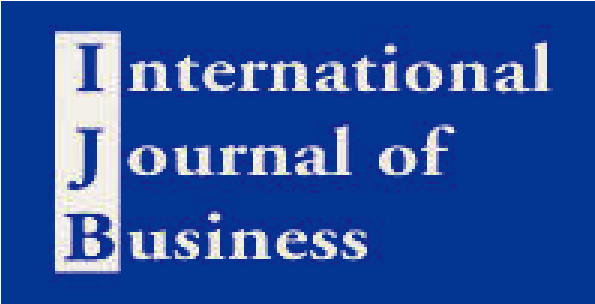Vol. 28 No.4 -03
Volume 28 Number 4, 2023
New Product Development Capability, Sustainable Competitive Advantage, Digital Transformation, and Marketing Performance: Evidence from Thailand
Wisoot Sookbumroong a, Kornchai Phornlaphatrachakorn b*
a Faculty of Management Sciences, Uttaradit Rajaphat University
wisoot.soo@uru.ac.th
b* Corresponding Author, Faculty of Management Sciences and Information Technology, Nakhon Phanom University, Thailand
markarlington@hotmail.com
ABSTRACT
This study aims at investigating the effects of new product development capability on sustainable competitive advantage and marketing performance through a moderator of digital transformation. In this study, 289 instant food and convenience food businesses in Thailand are the samples of the study. Structural equation model is utilized to test both direct and mediating effects and multiple regression analysis is applied to examine the moderating effects. All dimensions of new product development capability have important effects on sustainable competitive advantage. Next, sustainable competitive advantage significantly affects marketing performance and also completely mediates the new product development capability-marketing performance relationships. In addition, digital transformation plays a significant moderating role in strengthening the relationships. New product development capability is a valuable marketing strategy of firms. Therefore, firms need to critically invest in the systems and processes of this capability in order to create and improve their sustain competitiveness and long-term performance.
JEL Classification: M30, M31, M39
Keywords: new product development capability, sustainable competitive advantage, digital transformation, marketing performance
Cite this article:
Sookbumroong, W., Phornlaphatrachakorn, K., 2023, New Product Development Capability, Sustainable Competitive Advantage, Digital Transformation, and Marketing Performance: Evidence from Thailand, International Journal of Business, 28(4), 003. https://doi.org/10.55802/IJB.028(4).003
